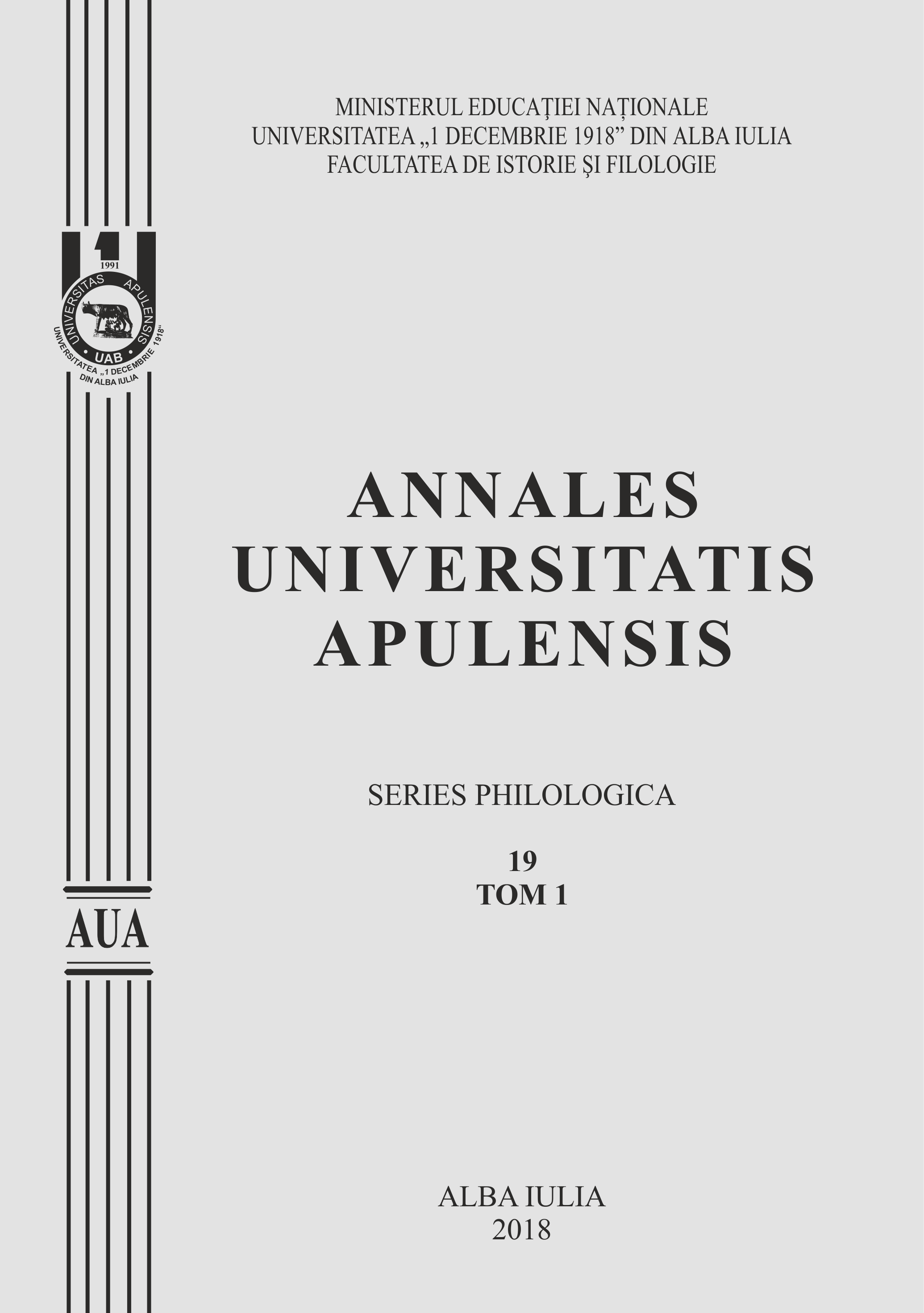DEMONUL REALITĂȚII. UN DIALOG IMAGINAR: PETRU CREȚIA – FERNANDO PESSOA
THE DEMON OF REALITY. AN IMAGINARY DIALOGUE: PETRU CREȚIA – FERNANDO PESSOA.
Author(s): Pompiliu CrăciunescuSubject(s): Language and Literature Studies, Studies of Literature, Comparative Study of Literature
Published by: Universitatea »1 Decembrie 1918« Alba Iulia
Keywords: Human reality; Fernando Pessoa; Petru Creția; metaphysical sadness; cold cruelty; ineffable exemplarity;
Summary/Abstract: The Demon of Reality. An imaginary dialogue: Petru Creția – Fernando Pessoa. Starting from the semi-imaginary nature of human reality, particularly emergent in the plasma of literature, this small study focuses on some interferences between the semantic quanta that cut across two text swhich are relevant to the human entropy of the last century: Livro do desassoss ego/ The Book of Disquietude (Fernando Pessoa) and Luminile și umbrele sufletului/The lightsandshadows of thesoul (Petru Creția). Essentially, thepossibledialogueisbased on themethaphysicalsadnessandthenoetic consciousness, i.e. on themost incandescent Pessoa-Creția folds of resonance. At thefirstlevel, thesources are analyzed: thedynamic-contradictory body-soulreliance, thecoldcruelty of mantowardsman (not at allcruelty of anyhypotheticaldevil), theaggressivestupidityandtheslander. The Augustansense of humanreality - as evidencedbybothwriters in theineffableexemplarity, whichistransdividualand transfinite - is, instead, thesource of thenoetic consciusness, whosepurposeisunderstanding (andnotexplaining) Wholeness. Fernando Pessoaand Peter Creția, each at oneend of a centuryand of a continent, both test theconsciousness of theirreduciblecomplexity of humanrealityfromwhichthe socratic daimonhasn’t disappeared. (for A Hora do Diabo, Pessoa chooses a famous Miltonian assertion as an epigraph: No light, but rather darkness visible.) Throughout their dialogue, across time, other similar voices make themselves heard: Marcus Aurelius, Octavio Paz, Edgar Morin. The Book of Disquietude (Fernando Pessoa) and Luminile și umbrele sufletului/The light sand shadows of the soul (Petru Creția). Essentially, the possible dialogue is based on the methaphysical sadness and the noetic consciousness, i.e. on themost incandescent Pessoa-Creția folds of resonance.Starting from the semi-imaginary nature of human reality, particularly emergent in the plasma of literature, this small study focuses on some interferences between the semantic quanta that cut across two texts which are relevant to the human entropy of the last century: Livro do desassossego/ The Book of Disquietude (Fernando Pessoa) and Luminile și umbrele sufletului/The lights and shadows of the soul (Petru Creția). Essentially, the possible dialogue is based on the methaphysical sadness and the noetic consciousness, i.e. on the most incandescent Pessoa-Creția folds of resonance. At the first level, the sources are analyzed: the dynamic-contradictory body-soul reliance, the cold cruelty of man towards man (not at all cruelty of any hypothetical devil), the aggressive stupidity and the slander. The Augustan sense of human reality - as evidenced by both writers in the ineffable exemplarity, which is transdividual and transfinite - is, instead, the source of the noetic consciusness, whose purpose is understanding (and not explaining) Wholeness. Fernando Pessoa and Petru Creția, each at one end of a century and of a continent, both test the consciousness of the irreducible complexity of human reality from which the socratic daimon hasn’t disappeared. (for A Hora do Diabo, Pessoa chooses a famous Miltonian assertion as an epigraph: No light, but rather darkness visible.) Throughout their dialogue, across time, other similar voices make themselves heard: Marcus Aurelius, Octavio Paz, Edgar Morin.
Journal: Annales Universitatis Apulensis. Series Philologica
- Issue Year: 19/2018
- Issue No: 1
- Page Range: 7-17
- Page Count: 10
- Language: Romanian

